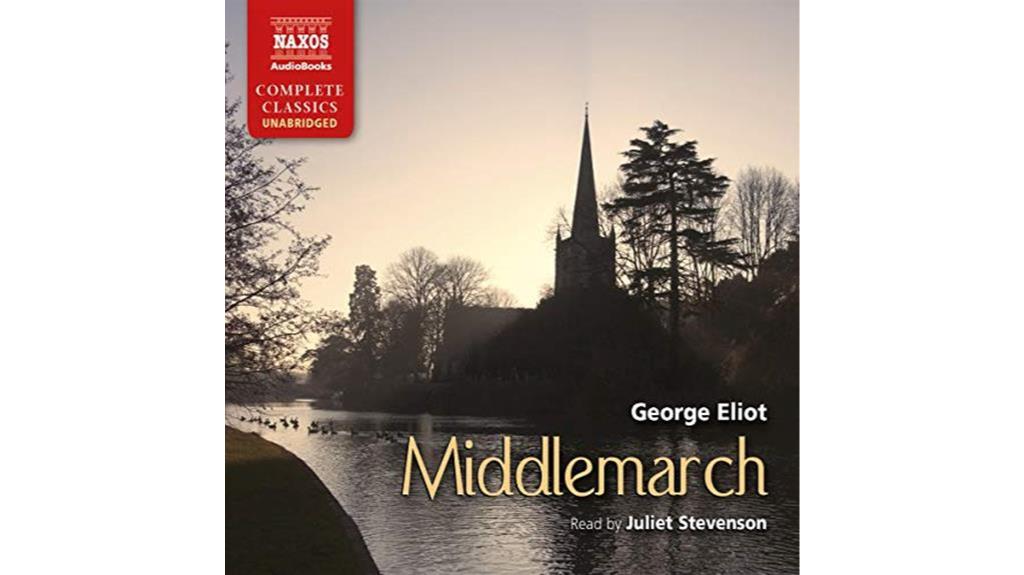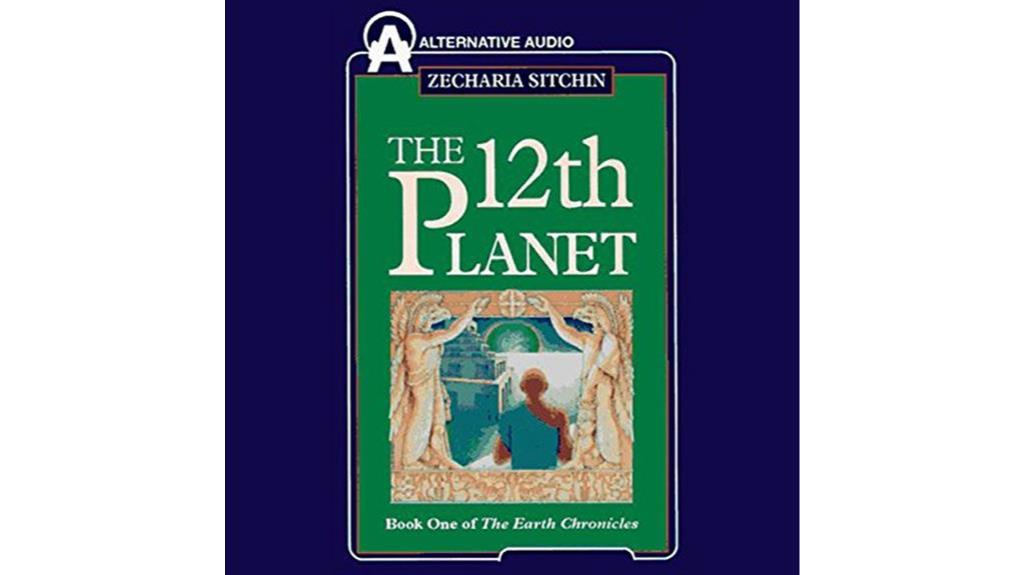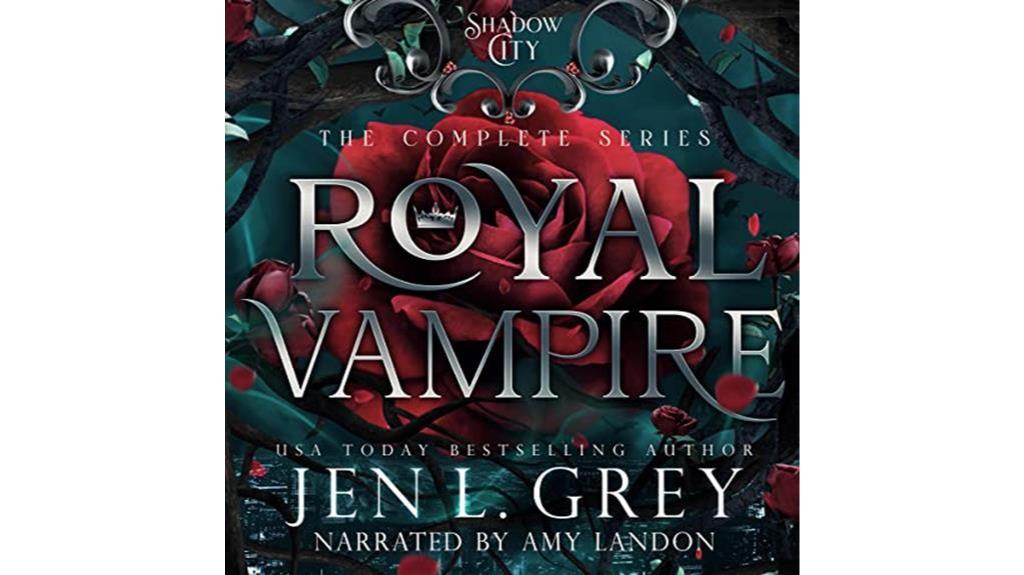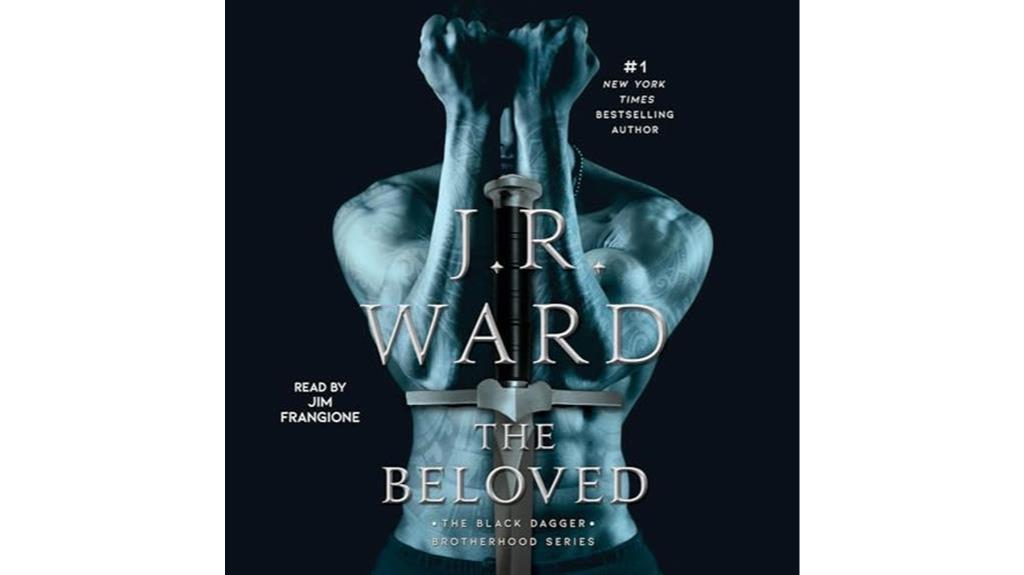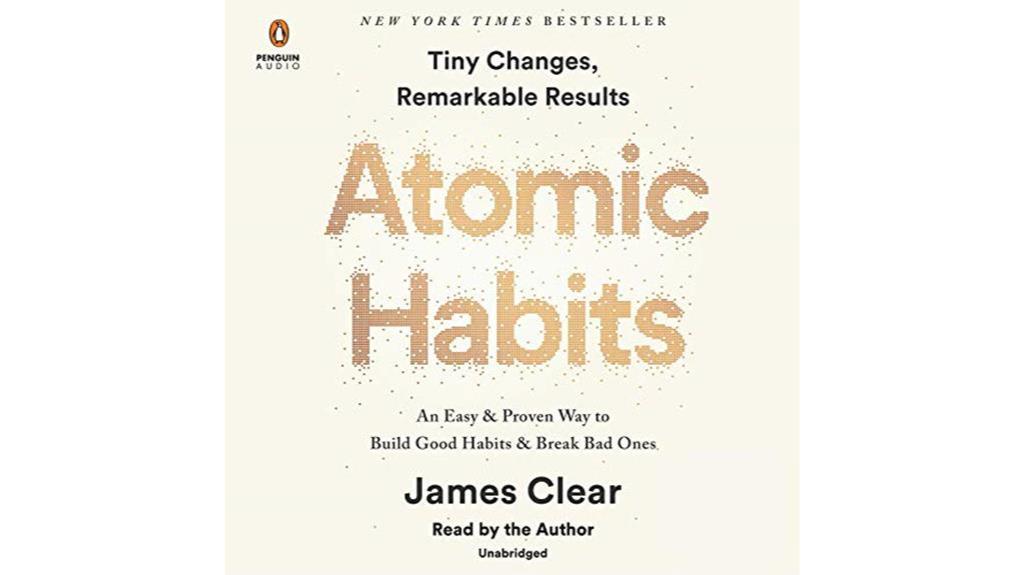Middlemarch Review: Insights Into Victorian England
As I delved into the pages of 'Middlemarch,' I found myself immersed in a world where societal norms and personal desires collide, painting a vivid picture of Victorian England. The characters' ambitions and struggles resonated with me, shedding light on the intricacies of human nature in a time where class and gender dictated one's path. George Eliot's narrative skillfully weaves together a tapestry of relationships that leave you pondering the complexities of society and self. But what truly captivated me was how the novel's themes resonate even in today's world, making 'Middlemarch' a timeless exploration of human aspirations and limitations.
Plot
Delving into the intricate web of relationships and ambitions, 'Middlemarch' unfolds a tapestry of interconnected lives in rural 19th-century England. George Eliot masterfully weaves a plot that intricately entwines the fates of characters like Dorothea and Casaubon, exposing their desires, struggles, and flaws.
As the narrative unfolds, the complexities of societal expectations and personal aspirations clash, revealing the limitations imposed by class, gender, and status. Eliot's exploration of love, ambition, and deceit resonates with a timeless quality, prompting reflections on our own desires and motivations.
Through the lens of these characters, the plot of 'Middlemarch' challenges the norms of Victorian society, inviting readers to ponder the consequences of societal pressures and individual choices.
Narration
In George Eliot's 'Middlemarch', the narration skillfully intertwines the lives and inner thoughts of its characters, providing a deep insight into their complexities.
The omniscient narrator peels back the layers of societal facades, exposing the raw emotions and hidden motivations that drive the characters' actions.
Through this narrative technique, Eliot challenges the conventional norms of Victorian society, inviting readers to question the authenticity of appearances versus the reality of individuals' inner struggles.
The intertwining of multiple characters' perspectives adds depth to the storytelling, painting a rich tapestry of human experiences and dilemmas.
As the narrative voice guides us through the intricate web of relationships and ambitions in 'Middlemarch', it prompts reflection on the universal themes of love, ambition, and deception that continue to resonate in our contemporary world.
Summary
Moving from the exploration of narration in 'Middlemarch', we now turn to summarizing the key elements of this literary masterpiece.
George Eliot's intricate portrayal of rural England in the 1800s unravels a tapestry of complex characters grappling with love, ambition, and the harsh realities of societal expectations.
From the determined yet conflicted Dorothea to the flawed and enigmatic Casaubon, each character serves as a mirror reflecting the imperfections and struggles inherent in human nature.
Eliot's keen insight into the depths of human desires and the societal pressures that shape them is both captivating and thought-provoking.
Through her vivid descriptive prose and immersive narrative style, she transports readers to a world where personal ambitions collide with societal norms, leaving us to ponder the timeless themes of love, greed, and the pursuit of happiness amidst a backdrop of Victorian England's ever-changing landscape.
Conclusion
In scrutinizing the intricacies of Victorian society through the lens of 'Middlemarch,' George Eliot offers a profound exploration of human desires, struggles, and limitations.
By challenging societal norms and expectations, the novel forces readers to question the motivations and behaviors that shape our lives.
Through its insightful portrayal of characters like Dorothea and Casaubon, 'Middlemarch' provides a compelling reflection on the complexities of human nature and the timeless clash between personal aspirations and societal constraints.

